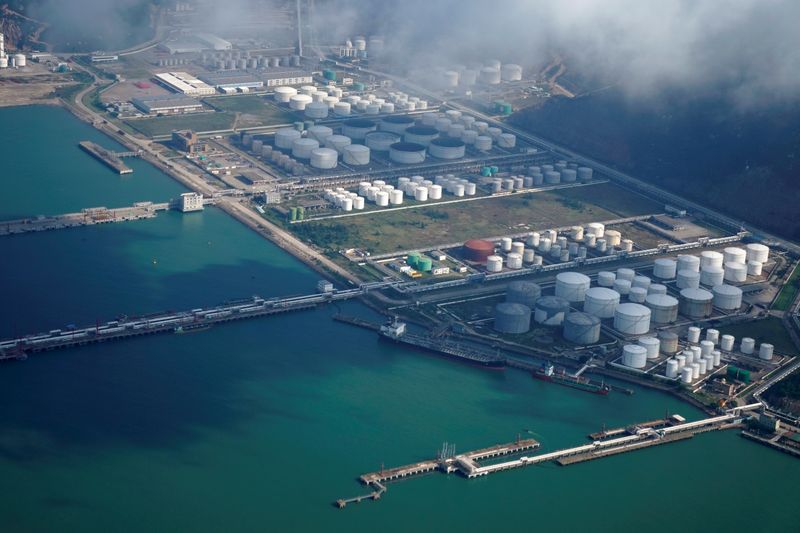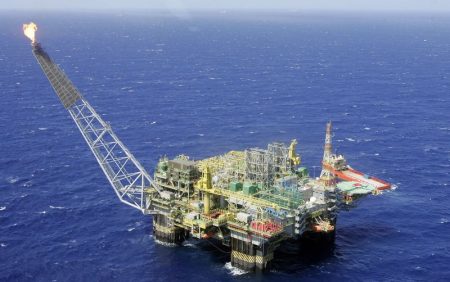Oil prices are expected to find stability at an average of $83 per barrel in 2024, despite economic headwinds, as predicted by analysts from JPMorgan. This projection accounts for resilient consumption in the United States, robust demand from emerging markets (EM), and stable European markets. Looking further ahead, the bank anticipates a decrease to $75 per barrel in 2025.
The Organization of the Petroleum Exporting Countries and its allies (OPEC+) have played a significant role in influencing oil prices through their production policies. Earlier this year, between April and June, OPEC+ made notable output cuts, with Saudi Arabia implementing unilateral reductions. These actions steered futures toward rates around $100 per barrel.
However, oil values have seen a decline over the past four weeks due to geopolitical tensions, including the Israel-Hamas conflict. Nevertheless, prices experienced a 4% surge ahead of OPEC+’s meeting on the potential for further cuts scheduled for November 26.
JPMorgan’s analysis also sheds light on the long-term outlook for global oil demand, which is expected to decelerate due to increased energy efficiencies and the adoption of electric vehicles. Additionally, a normalization trend for jet fuel is projected by the end of 2025. The bank warns that a market surplus driven by non-OPEC+ suppliers like the US could push into the $60s unless OPEC continues with its voluntary production cuts.
To combat this potential surplus and stabilize the market as slower demand growth looms for 2025, OPEC+, including key players such as Saudi Arabia, might extend voluntary production and export cuts into the first quarter of 2024. This year’s demand is set to rise by 1.9 million barrels per day (b/d), against a non-OPEC supply increase of 2.2 million b/d fueled by a U.S. output hike of 1.5 million b/d. In contrast, global oil demand is projected to grow by another 1.6 million b/d in 2024, supported by strong EM economies and a resilient U.S., which non-OPEC countries are likely to match with their own supply rise of about 1.7 million b/d.
These insights were part of discussions at the ADIPEC event, which hosted industry experts deliberating on these market dynamics and future trends in energy consumption and production.
This article was generated with the support of AI and reviewed by an editor. For more information see our T&C.
Read the full article here
















